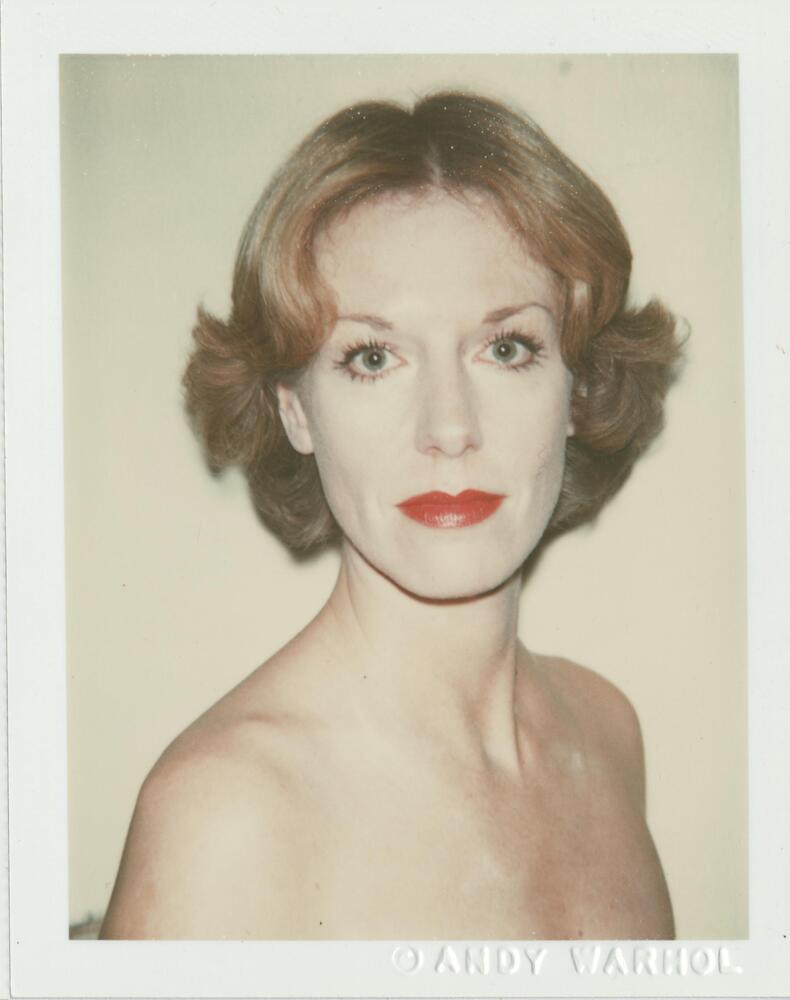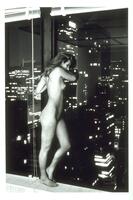Whiteness and Photography
Going forward, camera and film manufacturers continued to create Shirley Cards of white women, as the price to overhaul all calibrated film would have been substantial. With these very specific models being used for color correction, people of color could not be captured on film in a way that depicted them in lifelike detail. While companies now have diversified their practices, and digital photography has led to a Renaissance of black photography, decades went by before people of color were represented.
Beyond the economic impact—the primary mover in the introduction of appropriately balanced film—the legacy of the Shirley Card can be seen in pop culture, film, and in the modern museum. While color images of white subjects are common, most images of people of color continue to be black and white. Furthermore, older photography collections feature few people of color at all. One of Warhol’s portraits of Daryl Lillie serves as an excellent example of the power of the Shirley Card: even with flattening makeup on and in a direct light source, Lillie can be seen in acute detail. What other technologies essential to art dictate who can be depicted? How can we change museum collections to avoid falling into technical traps that prevent representation?
1 Link
Created For
K-12 EducatorK-12 Student
Museum Visitor
UMMA Docent
UMMA Staff
University Faculty
University Student
Rate this Resource
AVG: 0 | Ratings: 0
& Author Notes
Creative Commons by-nc-saLast Updated
February 5, 2019 3:25 p.m.Report
Reporting Policy




